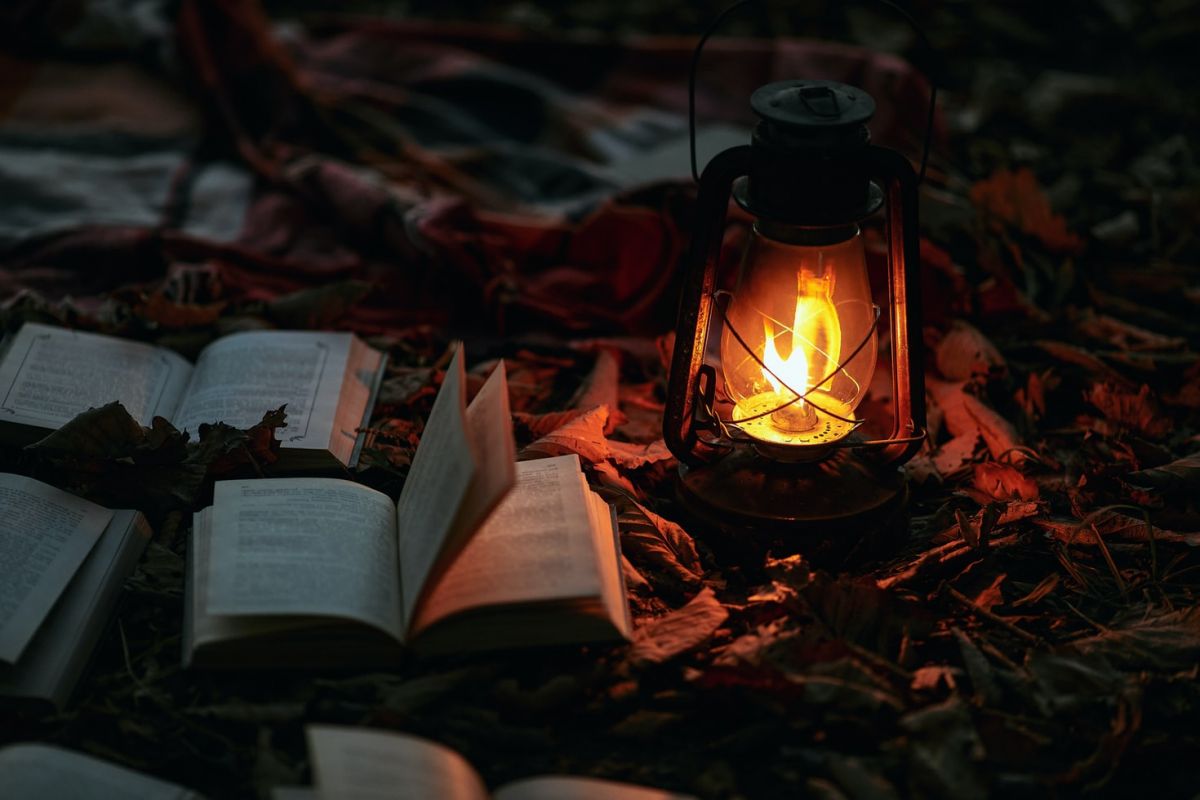The kerosene lamp was the invention of a brilliant pharmacist, a Pole, Ignacy Lukasiewicz. As an employee of a pharmacy selling kerosene for medical purposes, his determination and insightful work caused a change in its use for non-pharmaceutical purposes.
The kerosene lamp invented by Łukasiewicz quickly became popular and widely available. Furthermore, using kerosene for lighting paved the way for exploring further uses for petroleum. In this sense, the creator of the kerosene lamp can be considered a pioneer of the petroleum industry.
To this end, research was conducted on crude oil, from which kerosene was obtained by distillation. Naphtha was first made from natural bitumen by Abraham Gesner, a Canadian physician and geologist considered one of the fathers of the petrochemical industry. The product Gesner discovered was patented under the name "kerosene" and is mainly known by that name today in Canada, the United States, Australia and New Zealand.
The method of obtaining kerosene from crude oil was developed first by Filip Neriusz Walter, a Polish chemist specializing in organic chemistry and natural products chemistry. He was also the creator of Polish chemical nomenclature. He was the first to distill kerosene from crude oil and study its properties. As a result of his work, kerosene became a common commodity, initially as a pharmaceutical, until the construction of the kerosene lamp. In 1847 the French government awarded him the Cross of the Legion of Honour for his scientific merits.
Its use is first reported as early as the ninth century by the Persian physician, alchemist, and philosopher Abu Bakr Muhammad ibn Zakarijj ar-Razi, also known as Rhazes. He was one of the most prominent physicians of the medieval Islamic world, the author of numerous medical works, also translated into Latin. He was the first to describe the medicinal use of kerosene (it is still used today to treat conjunctivitis, mastitis, auricles, nausea, motion sickness, hallucinations, etc.).
Pharmacies had it in their assortment, including "Pharmacy under the Gold Star" where Ignacy Lukasiewicz worked. At that time, it had to be imported from Italy for substantial amounts. In order to reduce the costs, Łukasiewicz started to work on improving the methods of distilling oil from wells in Słoboda Rungurska (a village in Ukraine).
Miraculously the apothecary avoided severe burns. Łukasiewicz turned to a Lviv tinsmith Adam Bratkowski, who converted the oil lamp into one that could use kerosene. In time, they constructed a proper kerosene lamp.
The kerosene did not give as bright a light as the previously used rapeseed oil, but the flame was stable, and the cost of operation was much lower.
This lamp was massive, consisting of a cylindrical tin tank for kerosene. It served as a protection against a possible explosion of the fuel. A metal pipe with a mica window and holes for airflow was attached to the tank.
The wick, immersed in the tank, was led through the hole above the tank to the metal pipe. The wick protruded from the pipe by capillary action, ensuring the supply of kerosene and the formation of burned vapors.
Lamps were constantly being improved, as the first ones provided little light. They also took over the external construction of oil lamps from the first half of the 19th century.





